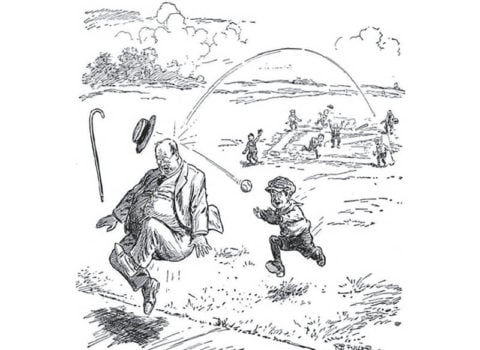Shea stadium is not Eden, and the picture of Tom and Nancy Seaver leaving its graceless precincts in tears did not immediately remind me of the Expulsion of Adam and Eve in the Brancacci Chapel. And yet, absorbing the feelings generated by Seaver’s departure from New York led me to the kind of inflated cogitation that links Masaccio and the Mets, if only because the feelings were so outsized and anguished and intense. After all, Brad Parks had gone to Boston, and Namath to Los Angeles, and Julius Erving to, if you will, Philadelphia. Clearly evil had entered the…
Sign in to access Harper’s Magazine
We've recently updated our website to make signing in easier and more secure
Sign in to Harper's
Hi there.
You have
1
free
article
this month.
Connect to your subscription or subscribe for full access
You've reached your free article limit for this
month.
Connect to your subscription or subscribe for full access
Thanks for being a subscriber!
Get Access to Print and Digital for
$23.99 per year.
Subscribe for Full Access
Subscribe for Full Access
























































































